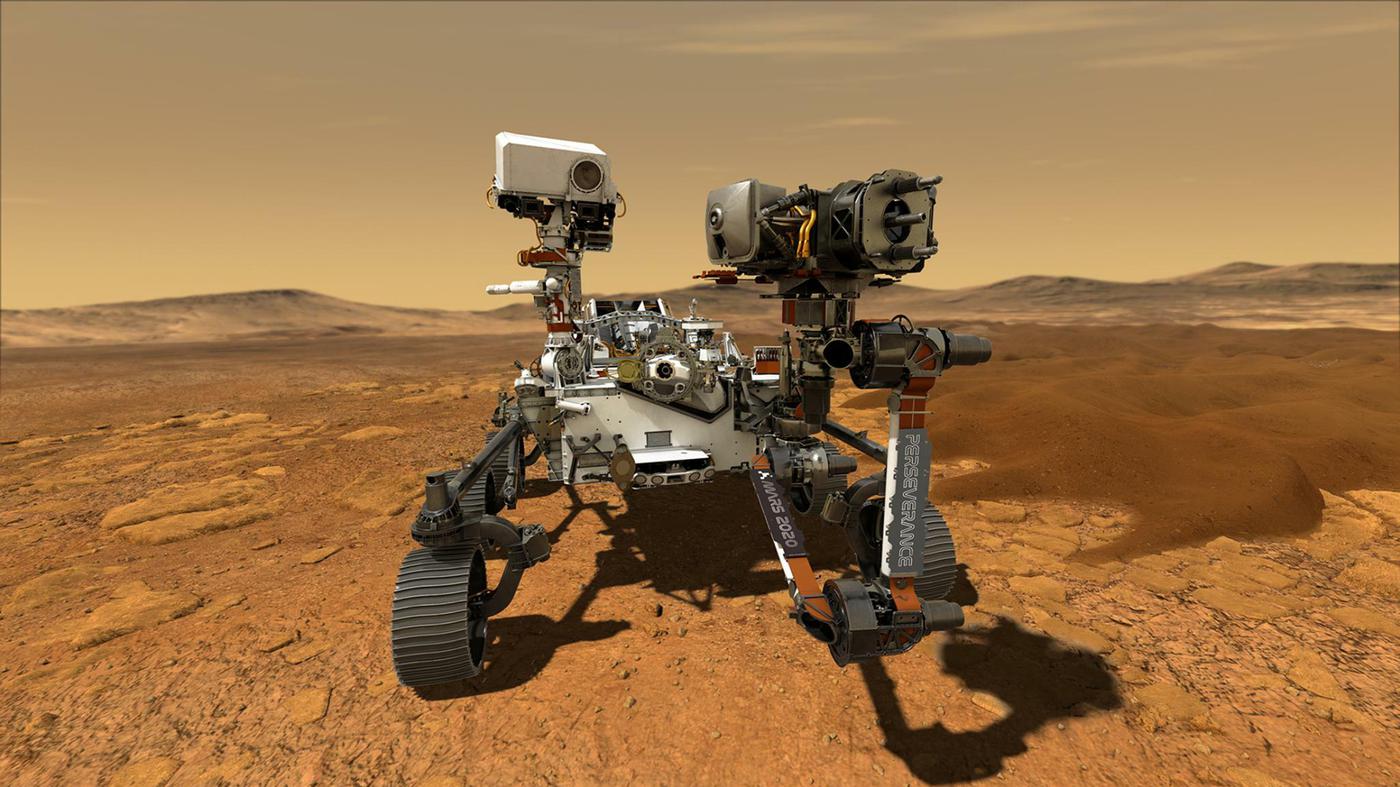NASA’s Mars Rover Uncovers Compelling Evidence of Ancient Life Possibilities on Red Planet

Groundbreaking Discovery on Mars
NASA’s Perseverance rover has identified what could be the most compelling hint yet of past life on Mars. On September 10, 2025, NASA announced that a rock found on Mars last year, dubbed “Cheyava Falls,” continues to show signs consistent with past microbial life.
The discovery centers around an arrowhead-shaped rock measuring 3.2 feet by 2 feet, featuring distinctive colorful spots. Scientists believe these spots could indicate ancient microbial activity, as they contain organic carbon, sulfur, and phosphorus that could have served as an energy source for primitive life forms.
Scientific Significance
According to Katie Stack Morgan, Perseverance’s project scientist at NASA’s Jet Propulsion Laboratory, this potential biosignature discovery requires extraordinary evidence for validation. The finding has been submitted for peer review to ensure the rigor, validity, and significance of the results, though abiotic explanations cannot be completely ruled out.
The discovery draws parallels to Earth-based phenomena, where microorganisms have been observed converting sulfates to sulfides in cold, oxygen-free Antarctic lakes. While there’s no evidence of current microbial life on Mars, similar processes might have occurred in ancient Jezero crater.
Future Implications
The next phase of the mission involves collecting sealed tubes of Mars rocks from a rendezvous site and bringing them back to Earth for detailed study. Perseverance has already collected dozens of samples in preparation for this crucial next step. However, the Mars Sample Return program’s fate remains uncertain due to budget constraints, complex launch requirements, and shifting priorities in space exploration.
The Perseverance rover’s payload was specifically designed with a Mars sample return mission in mind, with the intention of identifying potential biosignatures. Further laboratory analyses of returned samples could provide crucial insights into the potential for prebiotic and biological chemistry beyond Earth.
